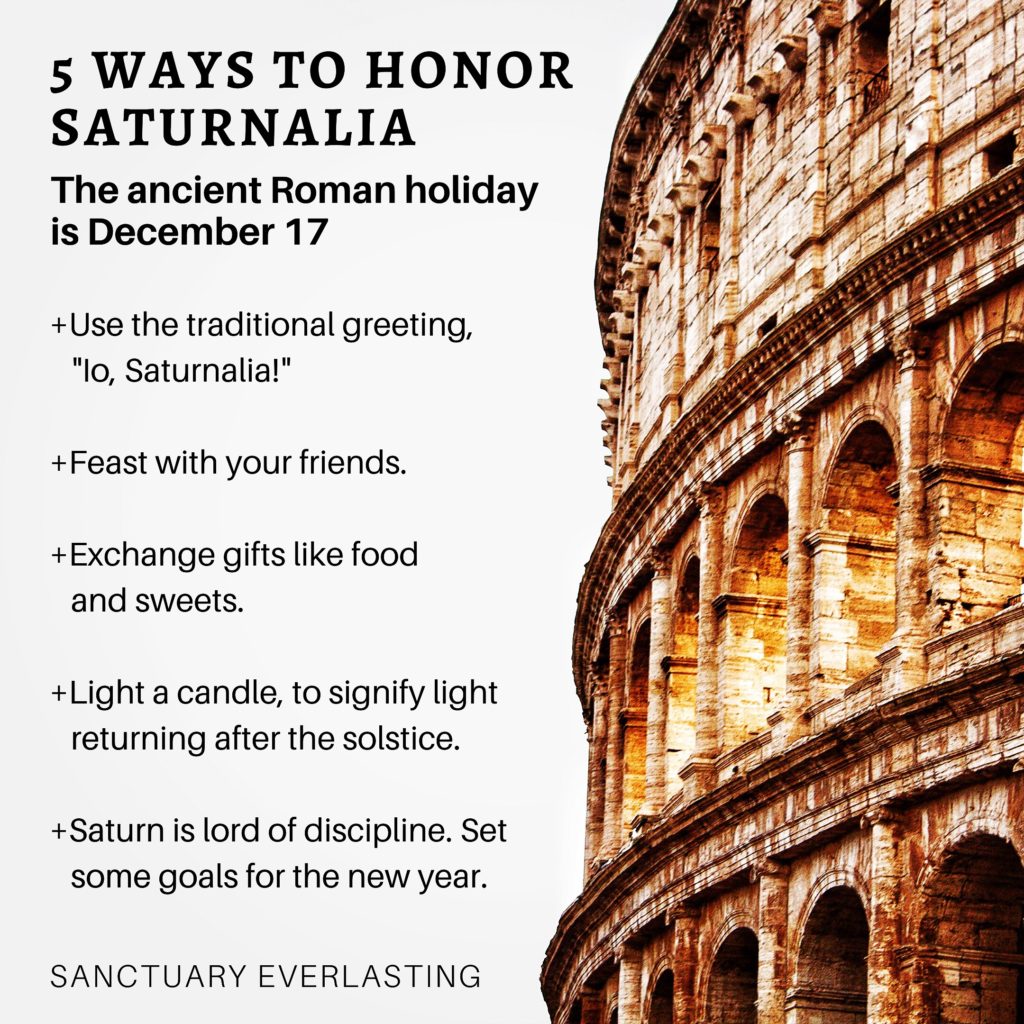

And what’s the second verse of that most joyful of carols, Ding Dong Merrily on High?Īnd when we sing ‘O sing, choirs of angels, sing in exultation’, in the English carol O Come All Ye Faithful, the Latin version Adeste Fideles instead reads ‘Cantet nunc io, chorus angelorum’ – literally ‘sing now io, choir of angels’. As Gillian Monks, author of Merry Midwinter, argues, it is not just coincidence that December 25 th is such a popular birthday for deities in so many religions, for it is on December 25 th, that the days start becoming perceptibly longer after the winter solstice.īut what has all this to do with Christmas carols? The Saturnalia greeting – equivalent to our Merry Christmas – was Io Saturnalia (pronounced yo), with Io being a general exclamation of joy. In the later Roman empire Saturnalia was elided with the Birth of Sol Invictus (the Unconquerable Son) on December 25 th – which was also the birthday of Apollo, Greek god of the sun, as well as Jesus Christ. Saturnalia was celebrated in honour of the agricultural god Saturn and lasted for a week, beginning on December 17 th, with gifts being exchanged during the Sigillaria on December 19 th – often candles or small wax figurines.

On Radio 3, John Henry Clare treated us to a fascinating exploration of how the Christmas carols we sing today have been influenced by the Roman festival of Saturnalia. This morning the BBC gave radio listeners not one, but two, classical Christmas presents.


 0 kommentar(er)
0 kommentar(er)
